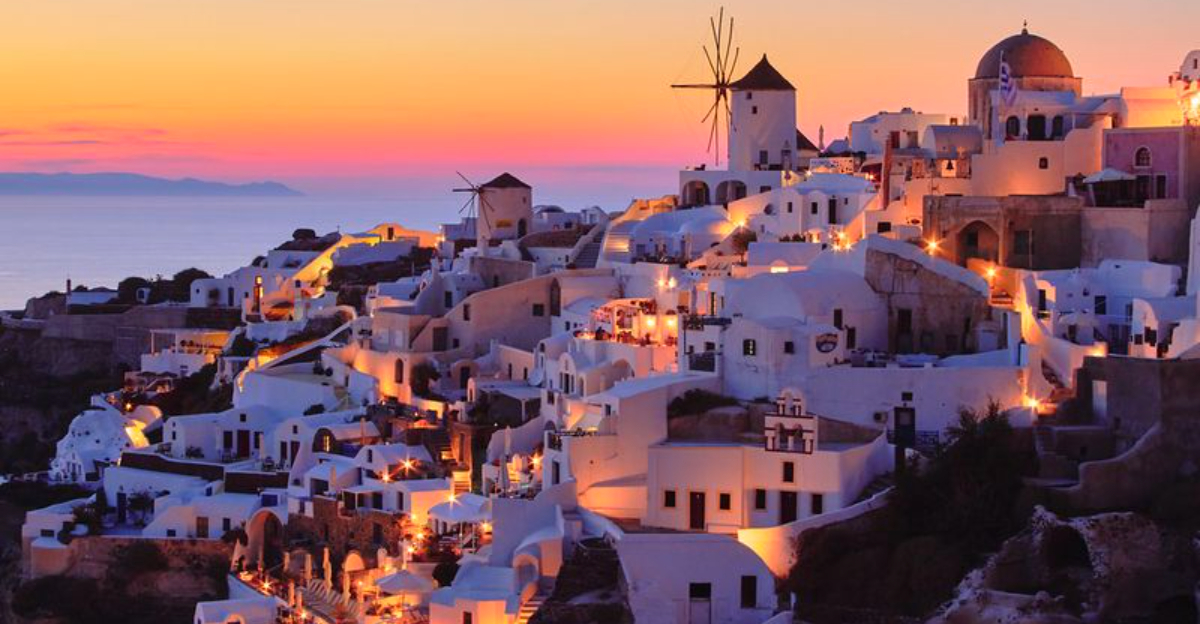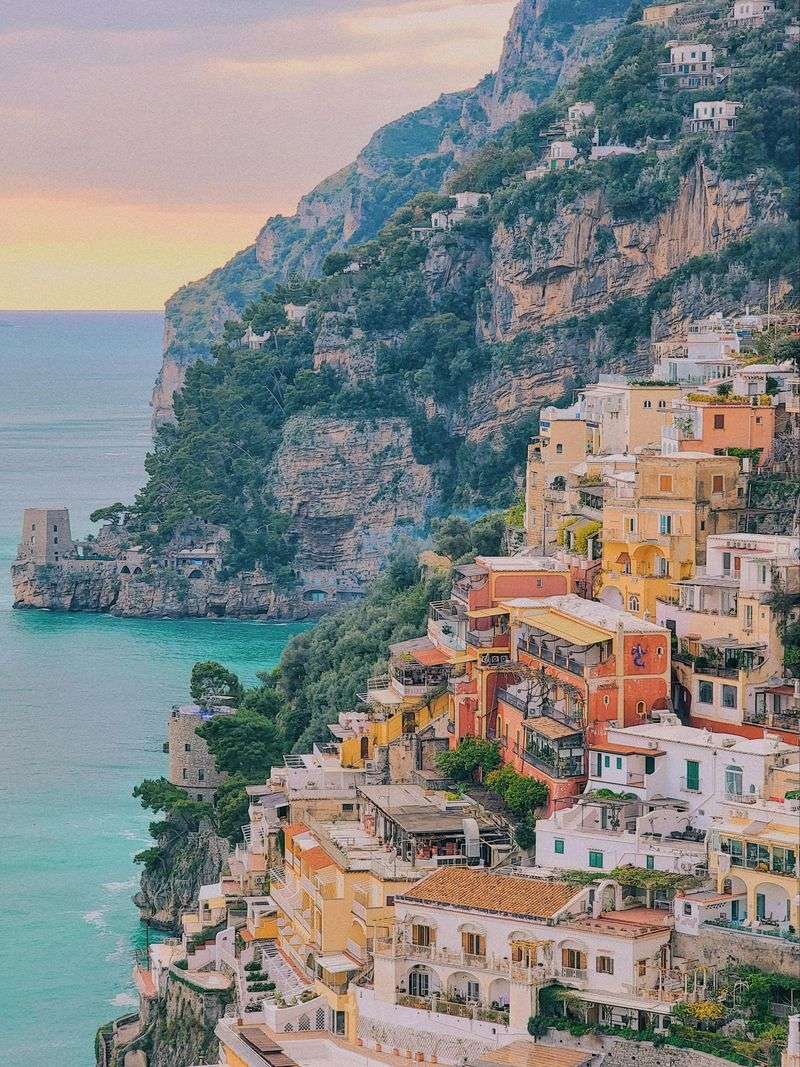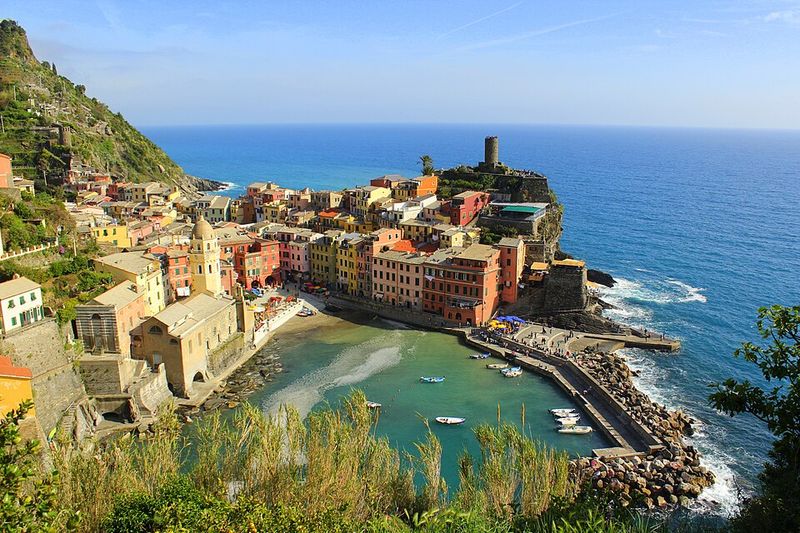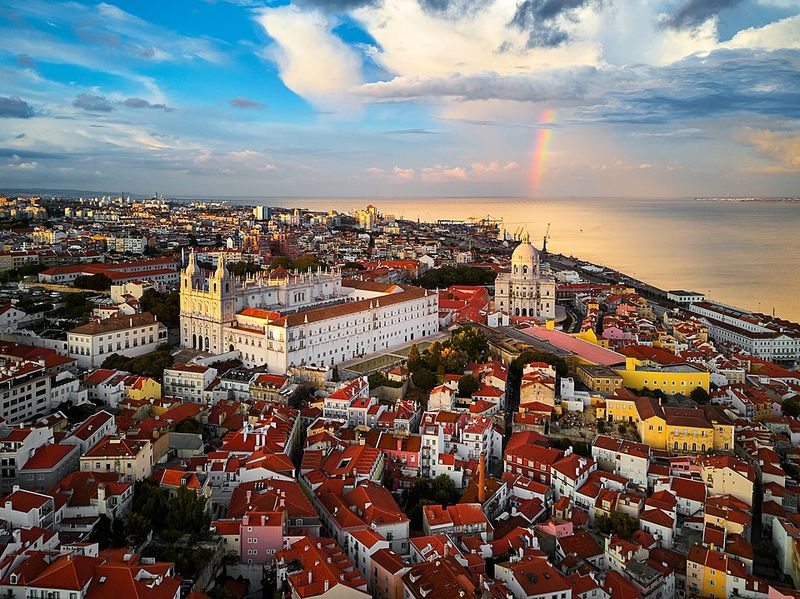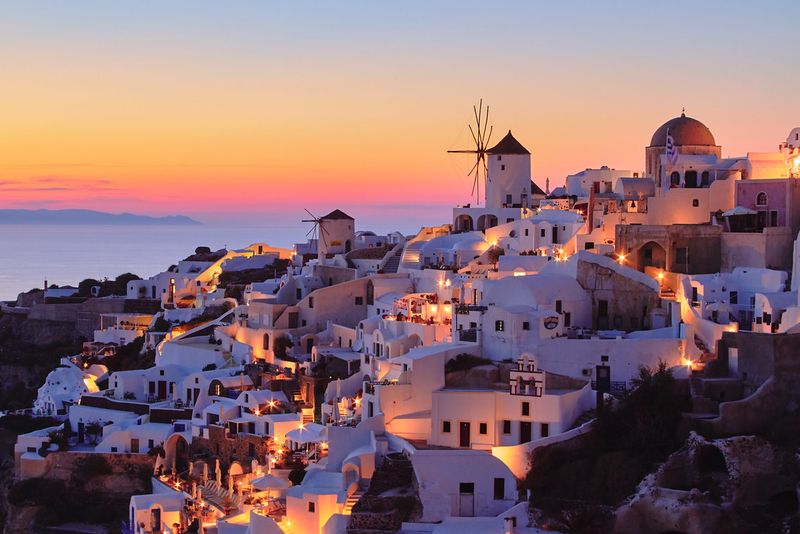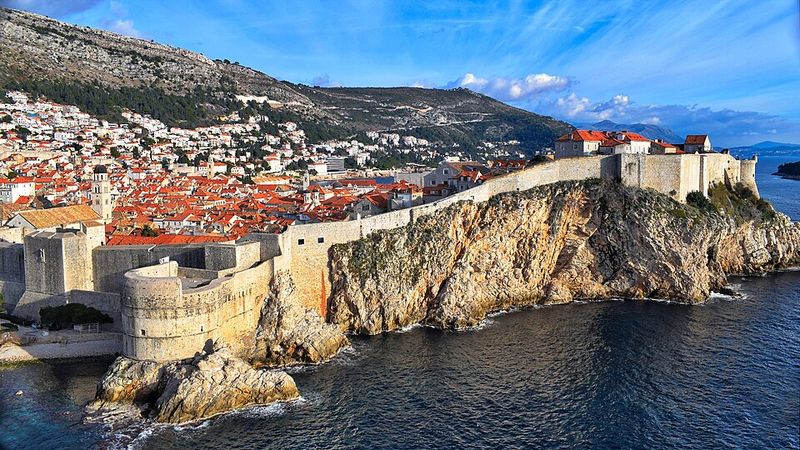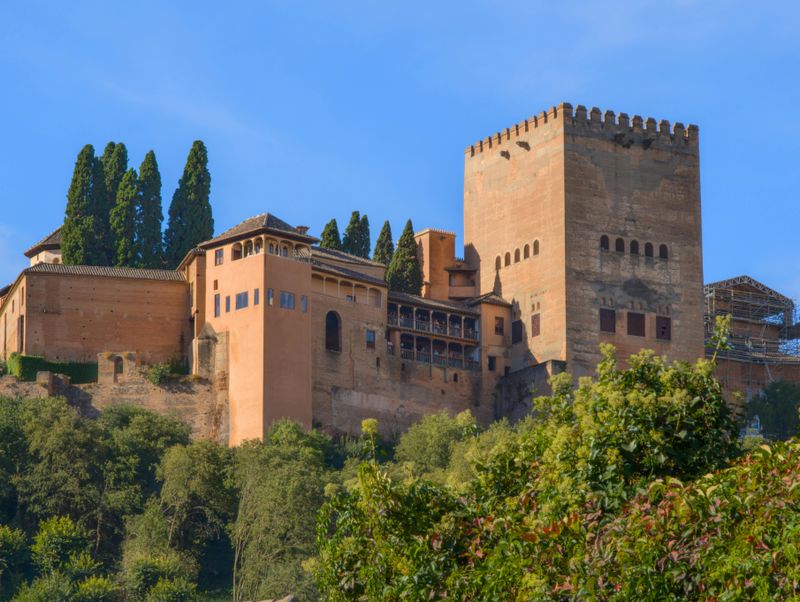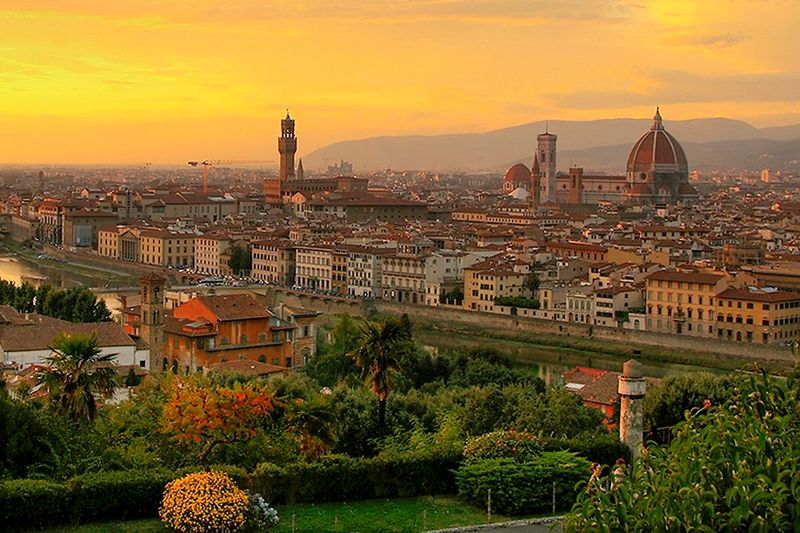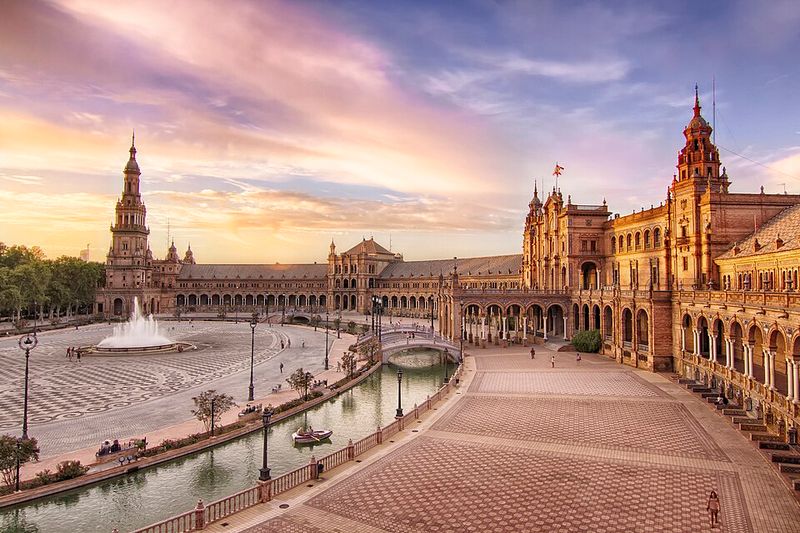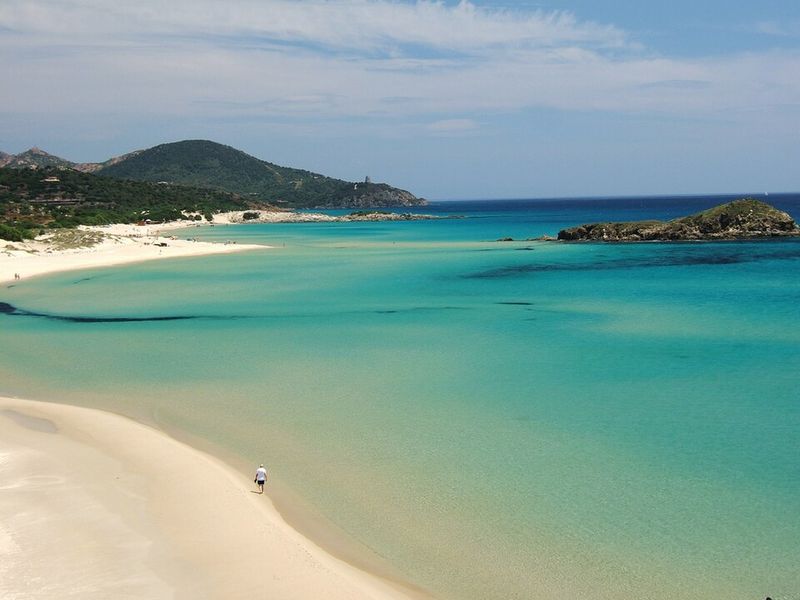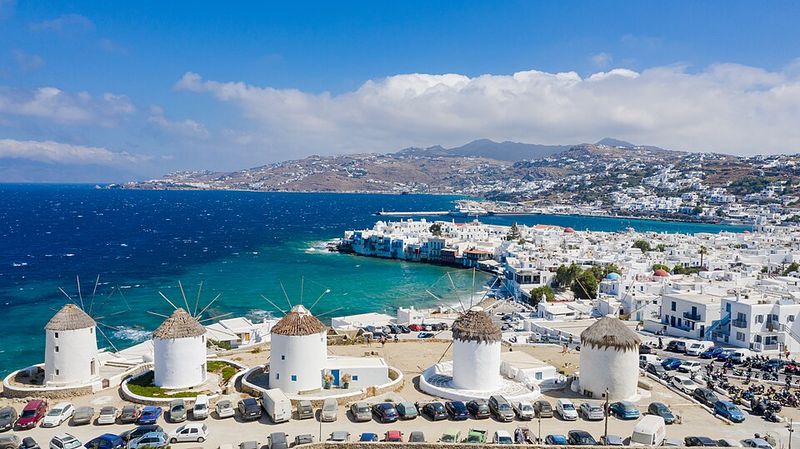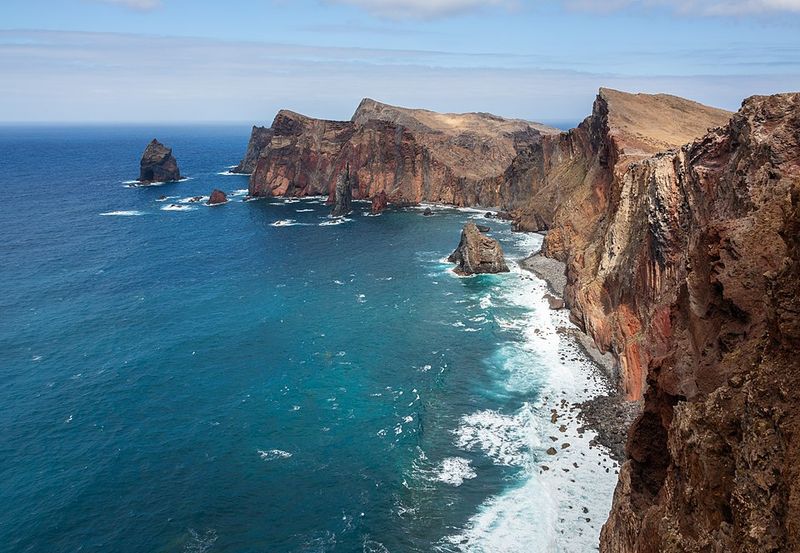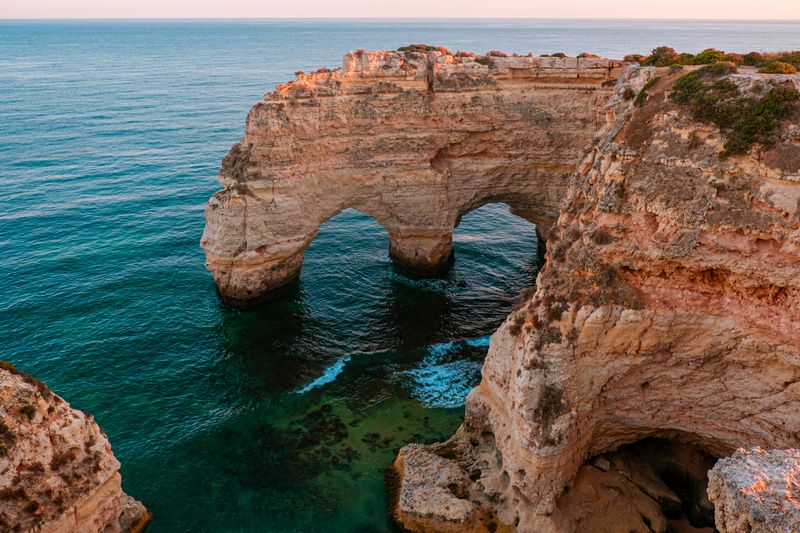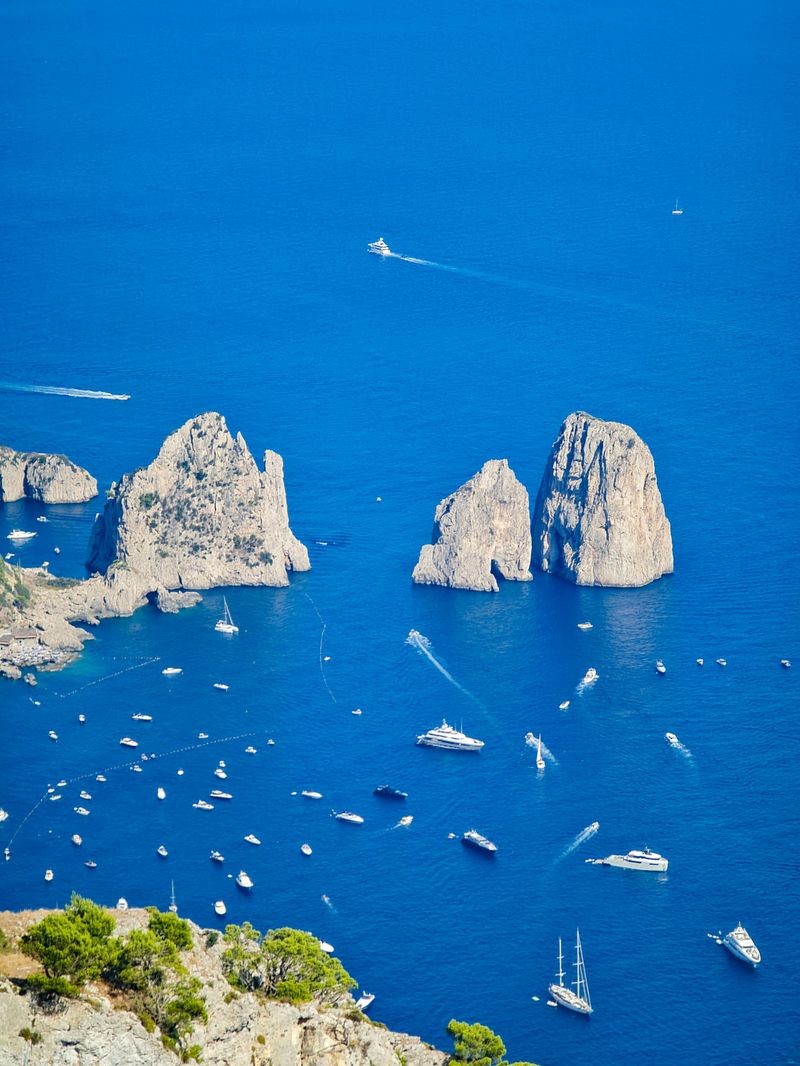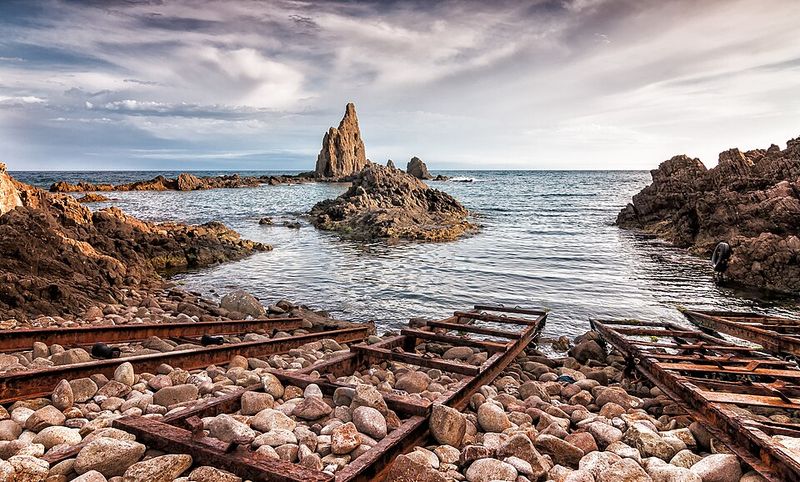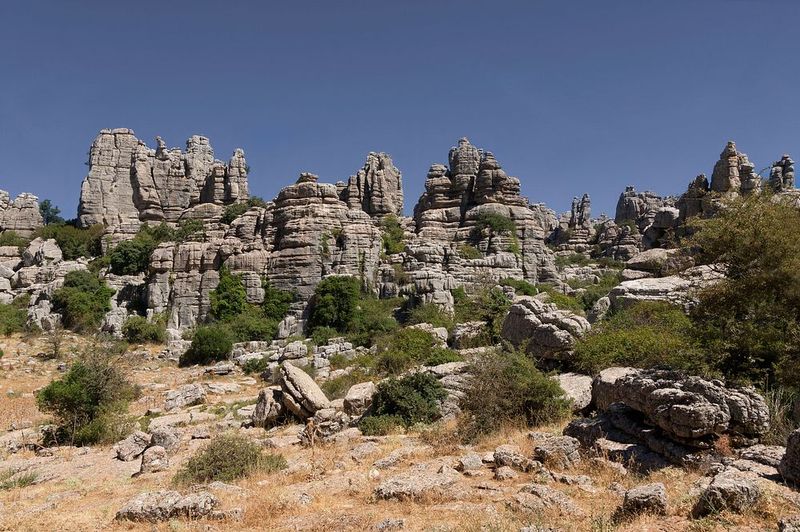Southern Europe holds some of the world’s most stunning scenery, where ancient history meets dramatic coastlines and mountain peaks. From Greece’s island paradises to Spain’s hidden natural wonders, this corner of the continent offers endless visual treasures. Whether you’re drawn to cliffside villages, crystal-clear waters, or landscapes that look like they belong in a painting, these destinations will leave you speechless. Get ready to discover places that blend natural beauty with centuries of culture in ways you’ll never forget.
Amalfi Coast, Italy
This legendary stretch of Italian coastline looks almost too perfect to be real. Pastel-colored villages like Positano tumble down dramatic cliffs, their buildings stacked like colorful building blocks above the sparkling Mediterranean. Narrow, winding roads snake along the coast, each curve revealing another postcard-worthy vista of lemon groves and seaside elegance.
The Amalfi Coast represents a beautiful marriage between nature and human creativity. Terraced gardens climb the hillsides while boats bob in small harbors below. Towns like Amalfi and Ravello offer their own unique character, from historic cathedrals to gardens that seem to float above the sea. It’s a destination where every view feels like a work of art.
Cinque Terre, Italy
Five vibrant fishing villages cling stubbornly to the rugged Ligurian cliffs, connected by scenic coastal trails that hikers dream about. Monterosso, Vernazza, Corniglia, Manarola, and Riomaggiore each paint the landscape with their own splash of color. Buildings in shades of yellow, pink, and orange stack vertically against the hillside, creating a rainbow effect against the blue sea.
Terraced vineyards climb the steep slopes above these villages, producing wine that tastes like sunshine. Below, turquoise water laps against rocky shores and tiny harbors. You can explore by hiking the famous trails, kayaking along the coast, or simply sitting with a glass of local wine. Cinque Terre delivers adventure and relaxation in equal measure.
Lisbon, Portugal
Portugal’s capital rolls across seven hills, each offering sweeping views across the Tagus River toward the Atlantic beyond. Pastel-painted façades in shades of yellow, pink, and cream line narrow cobblestone streets where historic trams clatter past. The city blends old-world charm with coastal freshness, creating an atmosphere that feels both energetic and wonderfully relaxed.
Neighborhoods like Alfama wind up steep hillsides, their maze-like alleys opening suddenly onto breathtaking viewpoints called miradouros. Tile-covered buildings catch the sunlight, while cafés spill onto sidewalks where locals sip espresso and nibble custard tarts. Lisbon proves that capital cities can maintain their elegance while keeping one foot firmly planted by the sea.
Santorini, Greece
Perched on the rim of a volcanic caldera, Santorini creates one of the most recognizable skylines on Earth. Stark white buildings cascade down steep cliffs, their blue-domed roofs contrasting brilliantly against the deep Aegean waters below. The island’s dramatic geography tells the story of a massive volcanic eruption that shaped its crescent form thousands of years ago.
Villages like Oia and Fira balance precariously over the precipice, offering sweeping panoramas at every turn. Sunset here isn’t just a daily event—it’s a ritual that draws crowds to the western edge. Honeymooners and photographers flock here for good reason: few places combine natural wonder with architectural charm quite like this Greek island gem.
Dubrovnik, Croatia
Often called the Pearl of the Adriatic, Dubrovnik earns its nickname with every glance. Medieval limestone walls encircle a perfectly preserved Old Town, its terracotta roofs glowing warmly against the brilliant blue sea. Walking atop these ancient ramparts offers views that combine human history with natural splendor in striking contrast.
The city’s marble streets shine underfoot, polished smooth by centuries of footsteps. Baroque churches and Renaissance palaces crowd together within the walls, while outside, the Adriatic sparkles invitingly. Game of Thrones fans recognize many locations, but the city’s beauty existed long before Hollywood arrived. Dubrovnik proves that sometimes reality surpasses even the most elaborate fantasy settings.
Granada, Spain
Nestled at the foot of Spain’s Sierra Nevada mountains, Granada delivers a powerful combination of cultural treasures and natural drama. The legendary Alhambra palace complex crowns a hilltop, its intricate Moorish architecture representing centuries of Islamic artistry. From its towers and gardens, views stretch across the city’s terracotta rooftops to snow-capped peaks beyond.
The historic Albaicín neighborhood climbs opposite the Alhambra, its whitewashed houses and narrow lanes preserving the city’s Moorish character. Flamenco music drifts from caves in the Sacromonte district, while tapas bars fill with locals and travelers alike. Granada satisfies both culture enthusiasts and nature lovers, wrapping history and landscape into one unforgettable package.
Florence, Italy
While Florence rightfully claims fame for its Renaissance art and architecture, the city’s physical setting deserves equal praise. The massive Duomo dome dominates the skyline, visible from virtually every angle, while terracotta rooftops spread in waves toward gentle Tuscan hills. The Arno River curves through the heart of the city, spanned by the iconic Ponte Vecchio bridge.
From viewpoints like Piazzale Michelangelo, the entire city unfolds below like a Renaissance painting come to life. Cypress trees dot the surrounding countryside, while vineyards climb nearby slopes. Cathedral bells echo across the rooftops, and golden light bathes the ancient stones at sunset. Florence proves that a city can be both an art museum and a work of art itself.
Seville, Spain
In the heart of Andalusia, Seville pulses with color, rhythm, and architectural drama. Ornate palaces like the Real Alcázar showcase intricate tilework and lush courtyards, while the Giralda tower—once a minaret, now a cathedral bell tower—pierces the sky. Orange trees line plazas throughout the city, their fruit perfuming the air and adding splashes of bright color.
The city’s visual character comes from layers of history: Roman foundations, Moorish arches, Gothic cathedrals, and Baroque facades all coexist. Flamenco dancers bring the streets to life, their swirling dresses matching the city’s vibrant spirit. From the maze-like Santa Cruz quarter to the expansive Plaza de España, Seville offers one of Europe’s most charismatic urban landscapes.
Sardinia, Italy
This Mediterranean island manages something remarkable: it pairs luxury beach resorts with genuinely wild, unspoiled landscapes. The coastline features some of Europe’s clearest waters, where shades of turquoise and emerald create a tropical effect. White sand beaches nestle between limestone cliffs, while hidden coves reward those willing to explore beyond the obvious spots.
Venture inland and Sardinia reveals a different character entirely. Rugged mountains, cork forests, and ancient stone villages dot the interior, offering hiking and cultural discoveries. The island’s unique position—far enough from the mainland to develop its own identity—shows in everything from its distinct language to its archaeological treasures. Sardinia proves that islands can be both relaxing escapes and adventure playgrounds.
Mykonos, Greece
Beyond its reputation for cosmopolitan nightlife, Mykonos delivers classic Cycladic beauty in spades. Whitewashed buildings crowd together along narrow, maze-like alleys designed centuries ago to confuse pirates. Blue shutters and doors provide color contrast, while bougainvillea spills over walls in brilliant pink and purple cascades.
The island’s famous windmills stand in a row overlooking the sea, their white cylindrical forms creating one of Greece’s most photographed scenes. Little Venice, where buildings balance right at the water’s edge, offers prime sunset viewing spots. The combination of traditional architecture, sparkling sea views, and that special Aegean light makes Mykonos breathtaking even before the party starts. It’s island charm turned up to maximum volume.
Madeira, Portugal
This Portuguese island archipelago floats in the Atlantic, offering a completely different flavor of southern European beauty. Lush mountain slopes covered in subtropical vegetation rise steeply from the ocean, creating a green paradise that earned Madeira the nickname “floating garden.” Volcanic rock formations add dramatic contrast to the verdant landscape, while waterfalls cascade down cliff faces.
Levadas—historic irrigation channels—crisscross the mountainsides, providing scenic hiking trails through forests and along precipitous edges. The capital, Funchal, climbs hillsides above a natural harbor, its botanical gardens showcasing exotic plants. Atlantic waves crash against black volcanic shores, and viewpoints reveal jaw-dropping panoramas. For nature enthusiasts seeking southern European scenery with a tropical twist, Madeira delivers magnificently.
Algarve, Portugal
Portugal’s southern coastline reads like nature’s architecture portfolio. Golden limestone cliffs tower above turquoise water, carved by wind and waves into arches, caves, and hidden coves. Beaches like Praia da Marinha feature rock formations that seem almost sculptural, their honey-colored stone glowing in the abundant sunshine.
The famous Benagil Cave, accessible by boat or kayak, opens to the sky through a circular opening that illuminates the sand and water inside. Along the coast, fishing villages maintain their traditional character while resort towns offer every comfort. The Algarve’s natural beauty—pristine sand, dramatic cliffs, and that incredible water color—creates one of Europe’s most picturesque beach destinations. It’s where geology becomes art.
Capri, Italy
This small island off Naples packs extraordinary beauty into a compact package. Steep limestone cliffs plunge dramatically into the Mediterranean, while elegant villas perch seemingly impossibly on rocky outcrops above the waves. The famous Blue Grotto—a sea cave where sunlight creates an otherworldly blue glow—has captivated visitors for centuries.
Capri’s main town climbs the hillside, its narrow lanes lined with boutiques and cafés where celebrities have long come to see and be seen. The higher village of Anacapri offers quieter charm and access to Monte Solaro, where views stretch across the Bay of Naples to Mount Vesuvius. Artists and writers have sought inspiration here for generations, drawn by beauty that feels both intimate and grand.
Cabo de Gata-Níjar Natural Park, Spain
Located on Spain’s southeastern coast, this protected area offers scenery that surprises visitors expecting typical Mediterranean landscapes. Volcanic rock formations in shades of rust and gold create an almost desert-like environment, where cacti and agave plants thrive. Dramatic cliffs drop to secluded beaches and hidden coves where the water glows turquoise against dark sand.
The park represents one of Europe’s driest regions, giving it a unique, almost lunar quality in places. Abandoned watchtowers dot the coastline, remnants of centuries defending against pirates. Hiking trails wind through volcanic hills, revealing new coastal vistas around every bend. Cabo de Gata reminds visitors that southern Europe’s landscapes span far beyond the expected, offering wild beauty that feels worlds away from crowded tourist beaches.
El Torcal de Antequera, Spain
Near Málaga, this remarkable karst formation creates a landscape that looks like nature’s sculpture garden. Limestone peaks twist into surreal shapes—mushrooms, towers, and forms that defy easy description—weathered over millions of years into their current otherworldly appearance. Ancient trails wind through this stone maze, where every turn reveals new geological wonders.
The park sits at altitude, offering sweeping views across Andalusian countryside when you emerge from the rock formations. Fossils embedded in the limestone tell stories of ancient seas that once covered this land. On misty days, El Torcal feels especially magical, with clouds drifting between the stone pillars. It provides a striking contrast to southern Europe’s famous coastal beauty, proving that inland landscapes can be equally breathtaking in completely different ways.
